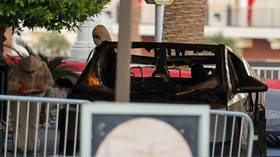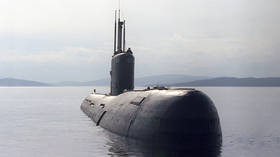WATCH: This is how ‘intense’ solar flares look from space (VIDEO)
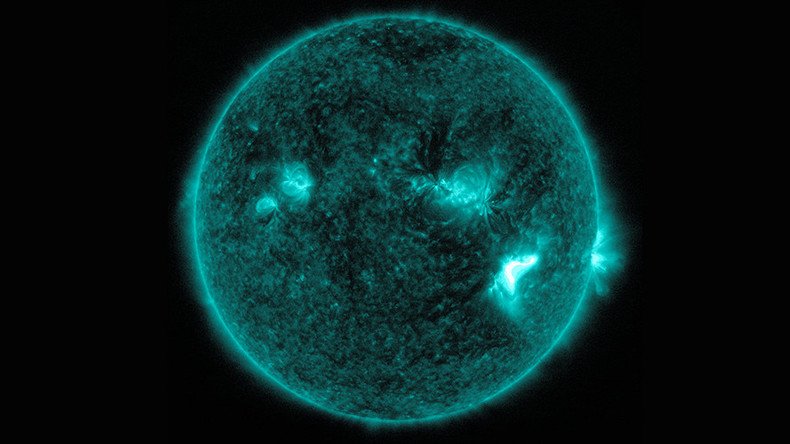
Mesmerizing explosions during solar turbulence last month were captured on film by NASA and other agencies. Violent storms between September 6 and 10 produced solar flares and powerful coronal mass ejections of plasma and magnetized particles.
Electrically-charged particles released during such events have the ability to knock out critical infrastructure on Earth, like satellites.
READ MORE: Wailing planets & creepy comet dust: Eerie sounds of space from NASA (AUDIO, POLL)
The US space agency said the recent activity originated in an area of “intense and complex magnetic fields” on the Earth-facing side of the star. The explosive episodes were documented by a variety of spacecraft.
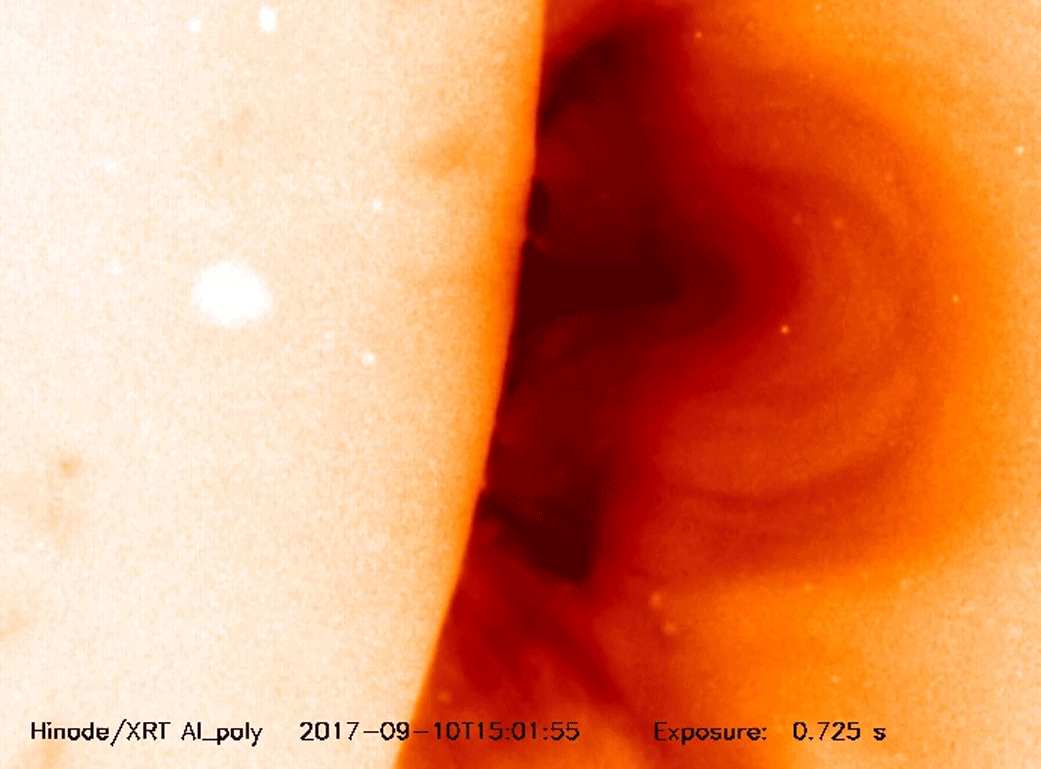
One of the most powerful discharges was picked up from the Sun’s upper atmosphere by the GOES-16 satellite. The craft is operated by the National Oceanic and Atmospheric Administration (NOAA). Footage of the X9.3 flare shows bright streams of plasma bursting off the Sun’s surface.
The same eruption was captured on September 6 by NASA’s Solar Dynamics Observatory at 10 different wavelengths. “The X9.3 flare was the most intense flare recorded during the current solar cycle,” NASA said in a statement.
READ MORE: Sun explosions & space hurricanes: The silent threat to global communications systems
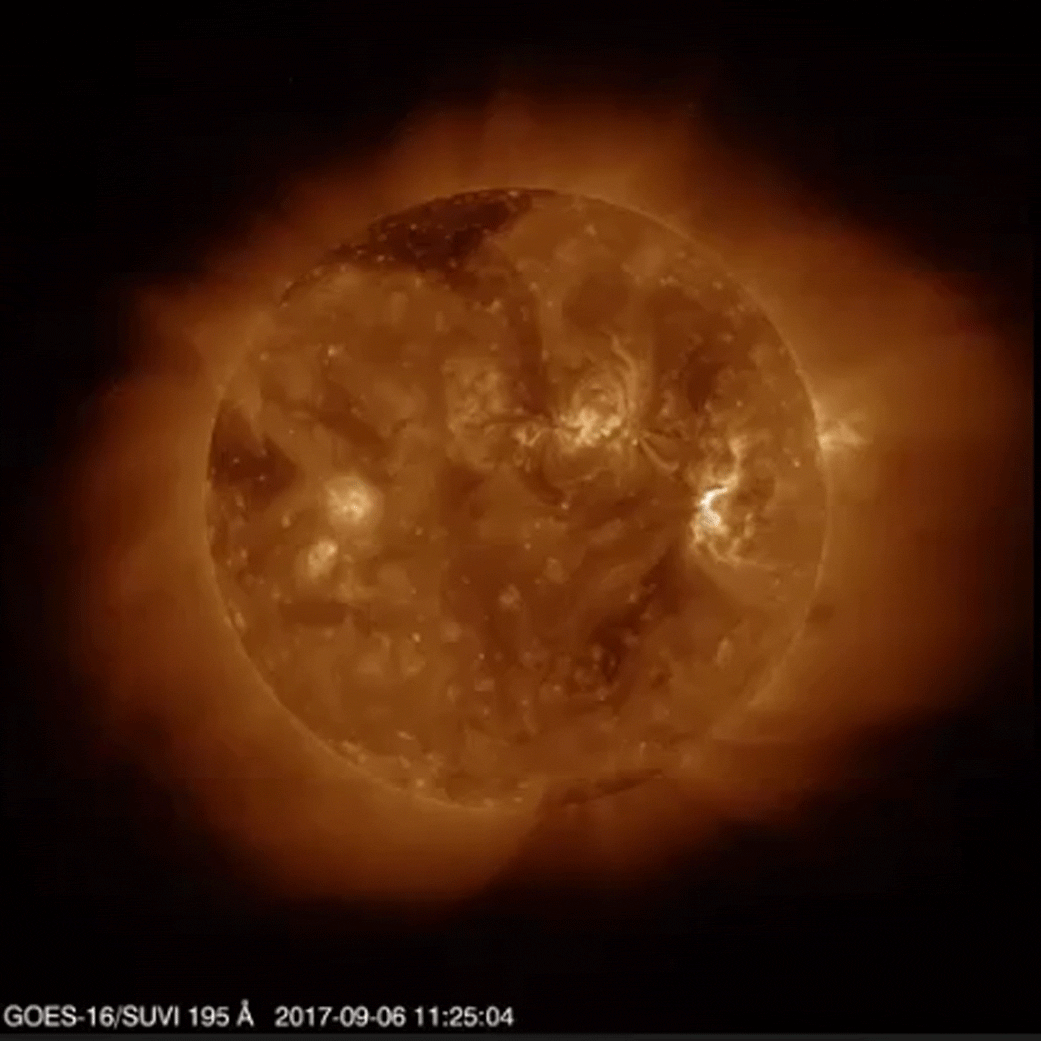
Footage of a second strong X8.2 flare blast from the sun was captured by the Hinode spacecraft four days later. The Hinode is made up of an ultraviolet imaging spectrometer and x-ray telescope designed to observe activity on the sun.
Meanwhile the IRIS spacecraft, a small NASA explorer vessel, turned its lens to a phenomenon known as a “supra-arcade downflow”. The jets of solar material were the result of the X8.2 flare.
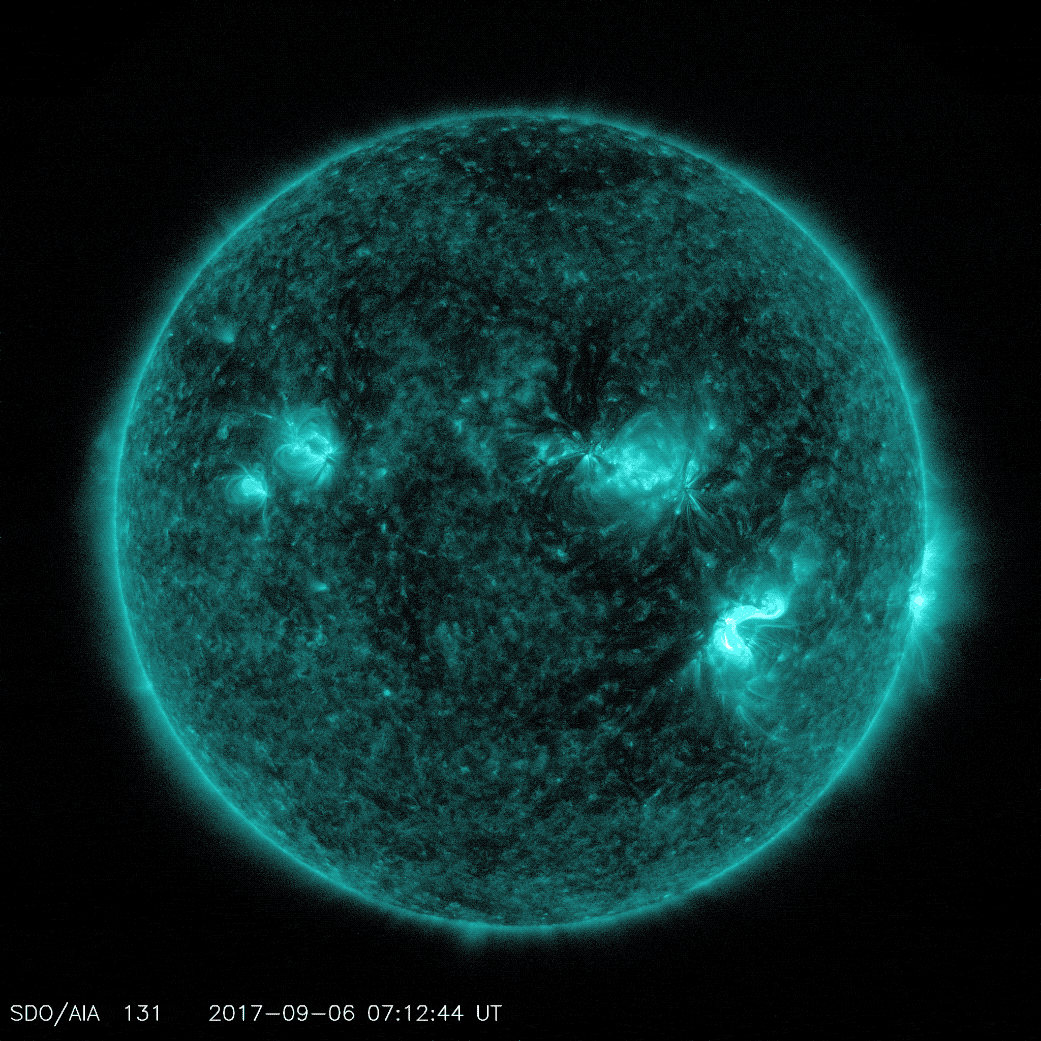
Last month, Katariina Nykyri, from the Center for Space and Atmospheric Research, explained how charged particles exploding from the sun can create instability in space similar to hurricanes.
She said radiation in such vortices can disrupt technology and even harm space voyagers.
“When you have a charged particle that is accelerating or deaccelerating it actually produces radiation and this kind of radiation is extremely harmful for astronauts but also for instrumentation and any kind of technology on spacecraft,” she said.





